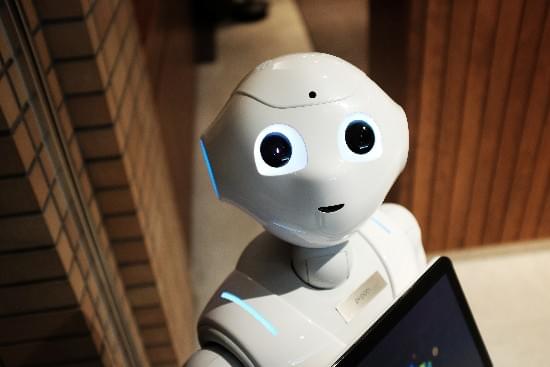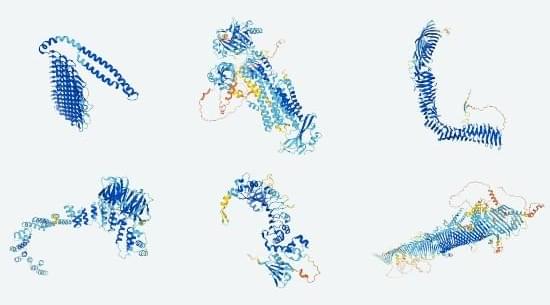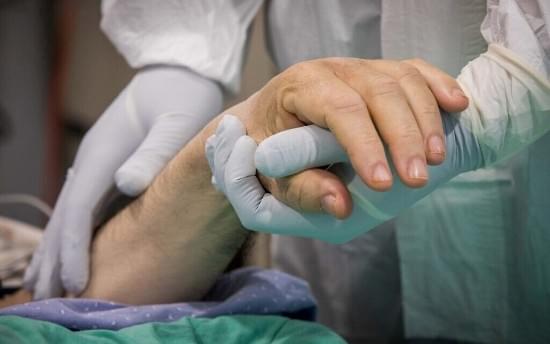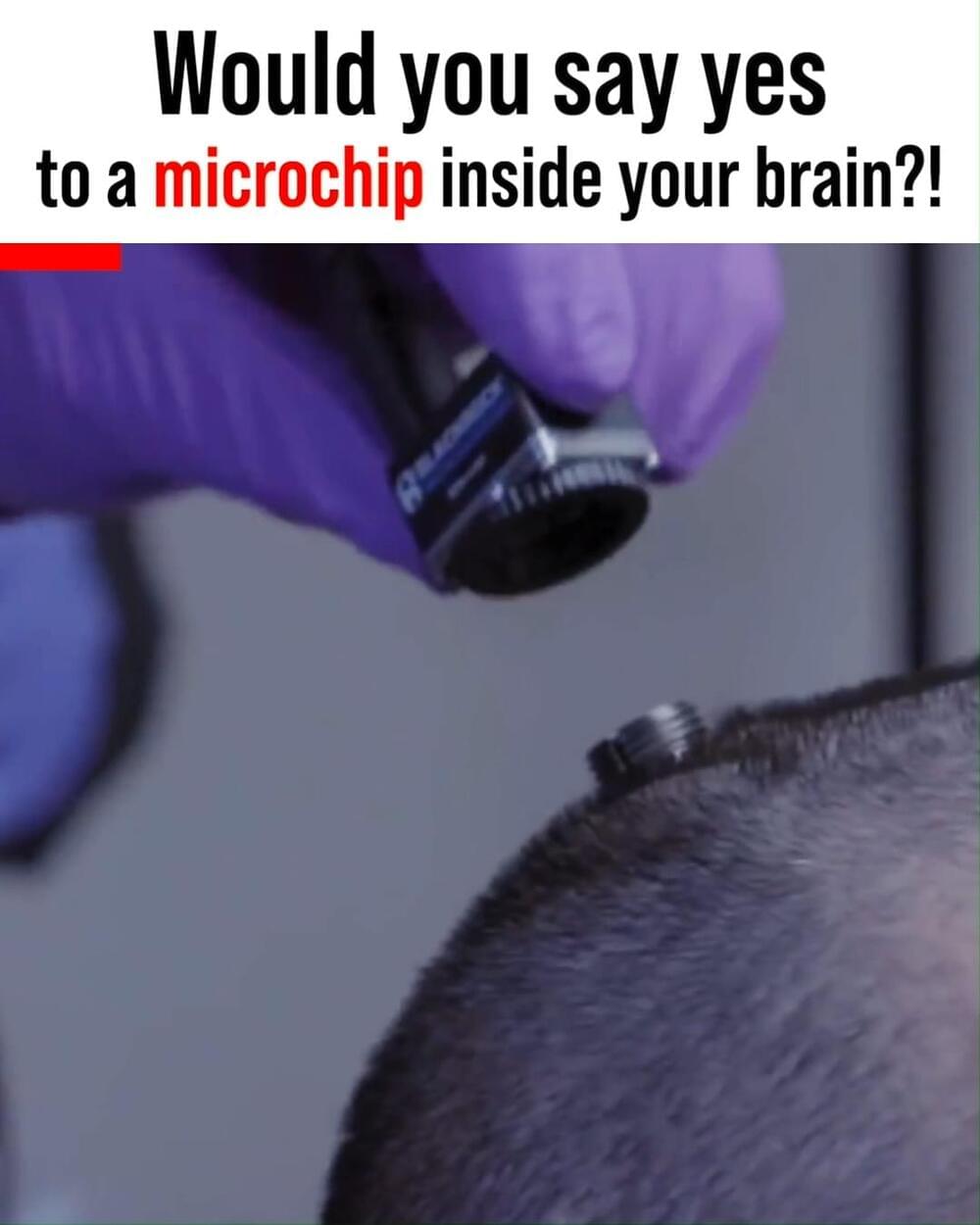Excess death modelling varies. But all modellers agree that the official mortality numbers seriously underestimate COVID-19 deaths.



Please welcome Samantha Higgins, who defines herself as a professional writer with a passion for research, observation, and innovation. She resides in Portland, Oregon with her husband and her two twin boys. When she’s not writing about artificial intelligence and other technology subjects, Samantha loves kayaking and reading creative non-fiction. In this her first contribution to 21st Century Tech Blog, she talks about the progress being made by those who create the neural networks that make computers learn about the patterns in human existence. That’s what machine learning is all about.
Machine learning is a technology that gives us language translation applications, word prediction when composing emails and texts, and suggestions on the order presentation within social media feeds. It is a technology used by many industries from healthcare where it can aid in medical diagnosis and interpretation of radiology images, as well as in the operation of autonomous vehicles.
Machine learning is a subcategory of artificial intelligence (AI), software tools that learn without explicitly relying on programming. Many companies deploying AI today are primarily using machine learning to help reduce labor costs and increase productivity.




Recent advances in AI are using deep learning to identify areas within human organs that surgeons can safely dissect before operating, machine learning to predict if patients with memory issues will develop Alzheimer’s within two years, and deep learning to analyze eye scans during routine examinations to identify patients at short-term high risk for a heart attack.
AI is being used for surgical guidance in the OR, for predicting early-onset Alzheimer’s, and through eye exams who may have a heart attack.


Research on proteins has been front and centre in our battle to defeat COVID-19. That’s why major efforts are being made to unlock the mystery of how combinations of amino acids when folded can be powerful tools in combatting diseases and more.
DeepMind in the UK and the University of Washington leading the way in proteins research to meet 21st-century problems and challenges.

The elixir of technological innovation and the information it delivers at our very fingertips every day has proven to be a Pandora’s Box unleashing misinformation, rumour, hate, selfish malfeasance, and violence. Since when did access to knowledge produce so much havoc? Because that’s what appears to be happening with COVID-19, climate change, and more.
My more recent personal experience is equally relevant. When I got COVID-19 in April 2020, it attacked the lining of my heart temporarily enlarging the upper left chamber where pulmonary veins interact with the muscle. Those veins were damaged by the virus leading to the beginning of changes to my heart rhythm and the onset of atrial fibrillation and other arrhythmias.
Three weeks before getting infected I had a full physical in preparation for upcoming knee replacement surgery. At the time I was told that my heart was healthy with no underlying medical conditions of concern. Then COVID-19 struck leading me to go to the hospital emergency where I was told that I was in danger of an imminent stroke and was now a heart patient.
There was no vaccine at the time to protect me, but today there is now, and more than one good option. So I would say to this young man, the certainty of the virus further damaging your heart is much greater than the likelihood of vaccination doing more damage to it than already is there. And I would say to his mom, please help your son find the real experts and not Internet-based influencers so that you together can separate the disinformation chaff from the knowledge wheat, and by doing so give him the best chance to survive.
